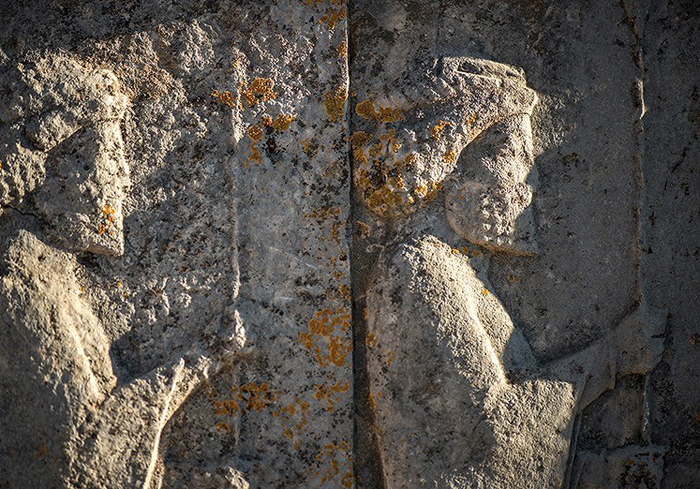Italian and Spanish cultural heritage experts will begin collaborating with Iranians to save the renowned world heritage site Persepolis from lichens, according to a Fars Province's top cultural heritage official.
"Separate memoranda of understanding will be signed with Italy and Spain to establish research centers to study the impacts of lichen infestation in Persepolis and devise solutions," Siamak Basiri, the head of provincial office of Iran Cultural Heritage, Handicrafts and Tourism Organization, was quoted as saying by Mehr News Agency.
He did not say when the MoUs are scheduled to be signed.
Biological growth, such as algae, bacteria and lichens, can cause irreparable damage to ancient structures and cause engravings on stone surfaces to fade.
Persepolis, a World Heritage site, has been battling lichens for several years.
"Biological growth on stone structures is a natural occurrence, especially in ancient buildings, and Persepolis is not excluded," Basiri said.
However, researchers have struggled to devise a risk-free method to rid the site of lichens without damaging the integrity of the structure, compelling officials to enlist the aid of overseas experts.
In addition to lichens, land subsidence caused by excessive water withdrawal from illegally dug wells around Persepolis threatens the site, with cracks already appearing across the ancient ruins.
Furthermore, there has been growing concern regarding the potential impact of Sivand Dam, which was filled in 2007. Its placement between both the ruins of Persepolis and Pasargadae (also world heritage site) has many archeologists and activists worried that the dam will flood the UNESCO sites, although engineers involved in the construction of the dam claim otherwise, for the sites sit above the planned waterline.
Founded by Darius I in 518 BC, Persepolis was the ceremonial capital of the Achaemenid Empire. It was devastated by Alexander the Great in 333 BC and has been in ruins ever since. A magnificent example of the Achaemenid-style of architecture, the ruins were declared a World Heritage Site in 1979.
Persepolis is situated 70 km northeast of the present-day city of Shiraz, Fars Province.


